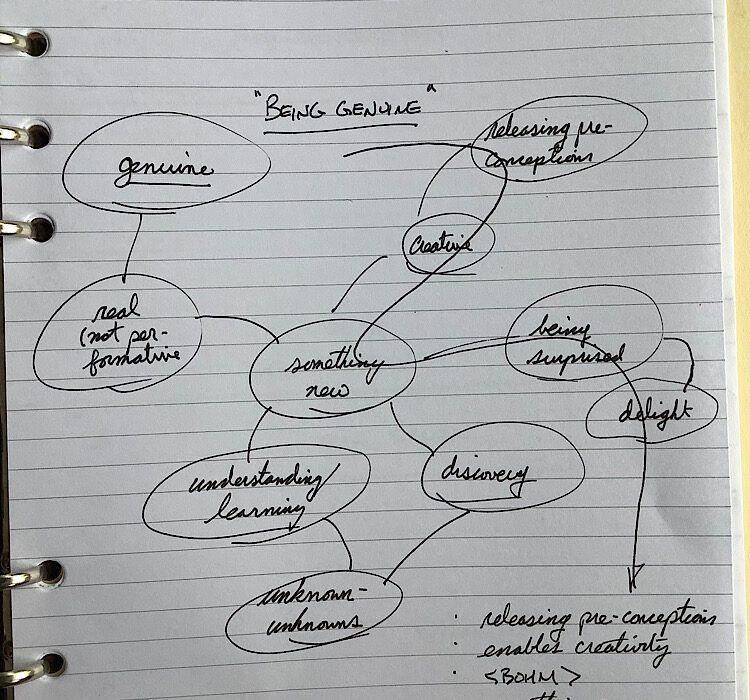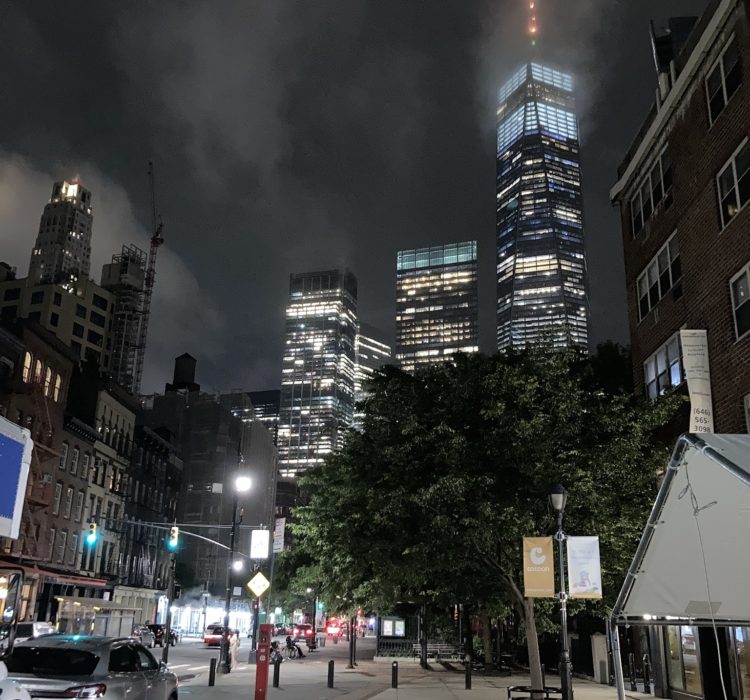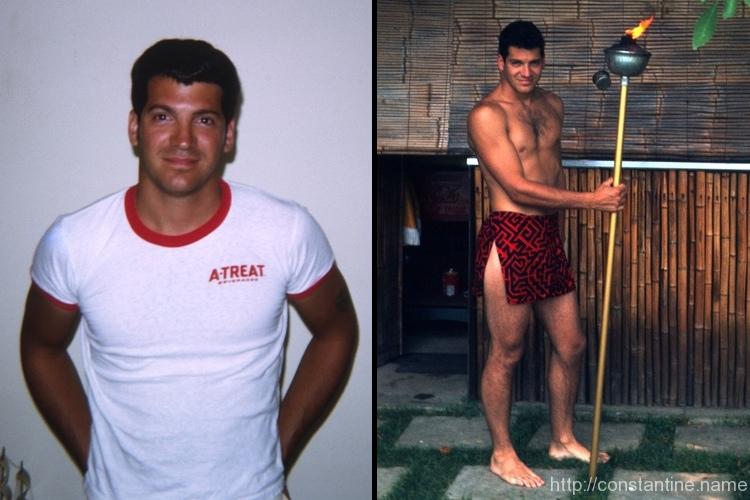What happens when faith, logic, and vulnerability collide in a personal search for truth?
Cassian Bellino has turned personal doubt into a public quest for answers interviewing scholars about Christianity.
I think just, over time, you really understand that God invites these questions because He doesn’t want us to live blindly or have blind faith.
~ Cassian Bellino (36:55)
The conversation explores the origin and evolution of Cassian’s podcast, Biblically Speaking, focused on asking scholars direct, often difficult questions about Christianity. It begins with her internal conflict—wanting to live as a Christian while not fully understanding or agreeing with the faith—and follows her decision to start a podcast to resolve those doubts through dialogue. Cassian’s podcast is a place for intellectual exploration, built from personal curiosity and a desire for logical clarity rather than blind faith.
The discussion touches on content strategy, emotional challenges, and the mechanics of sustaining a solo creative endeavor. Cassian recounts her journey through building community platforms, hiring coaches, learning software systems, and dealing with burnout. Marketing, guest outreach, and pre-call preparation processes are shared in detail, alongside reflections on episodes that felt like failures but later proved meaningful to listeners. Throughout, the conversation centers on the power of asking questions and trusting intuition to guide the creative process.
Takeaways
Starting with doubt — A podcast was born from unresolved questions about faith and a desire for logical understanding.
Living authentically — The tension between personal beliefs and behavior pushed a transformation toward integrity.
Faith as inquiry — Rather than blind acceptance, the creator invites and pursues questions to deepen belief.
Community encouragement — Support from family and friends played a pivotal role in catalyzing the podcast’s launch.
No formal training — The project began without vision, planning, or marketing infrastructure, yet succeeded organically.
Scholarly access — Professors were invited via public contact information, creating opportunities for deep conversations.
Iterative development — The podcast and related projects grew through trial, error, and continuous refinement.
Strategic pivoting — Several initiatives were launched and later shut down based on response and sustainability.
Emotional cycles — Creative highs and lows are acknowledged as normal and are met with grace and reflection.
Guest preparation — Pre-calls, topic selection, and clear expectations ensure productive and respectful interviews.
Mismatch recovery — A seemingly misaligned episode later proved invaluable to a listener, showing the value of publishing anyway.
Platform building — Tools like Go High Level, automated funnels, and lead magnets were adopted through hands-on experience.
Future expansion — Plans include more complex episodes with multiple guests and potential sponsorship monetization.
Audience insights — The content resonates strongly with stay-at-home mothers and reflective older men.
Constructive doubt — A major theme is that God welcomes questions and wants people to understand their faith deeply.
Resources
bibspeak.com — The Biblically Speaking podcast’s official website, with guides and merchandise for its audience.
@thisisbiblicallyspeaking — Instagram
@thisisbiblicallyspeaking (TikTok) — TikTok
Biblically Speaking Podcast — YouTube
Go High Level — Platform used for building funnels, automating email, and managing community outreach.
intro.co — Platform used to connect with podcasting coaches and mentors.
testimonial.to — Tool for collecting and displaying user testimonials.
The Hansel and Gretel Code — Curtis Cates’s podcast mentioned by Craig that explores intuitive storytelling (particularly episode 31, The Power of Plan B.)
David Wasicki — Podcast coach mentioned by Cassian, who provided guidance on branding and emotional support.
(Written with help from Chat-GPT.)
ɕ


